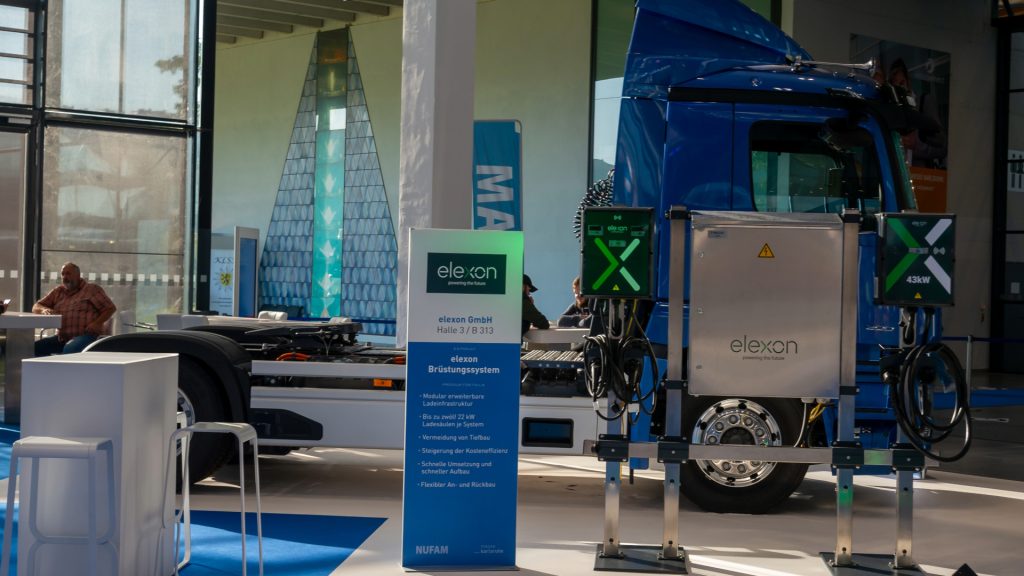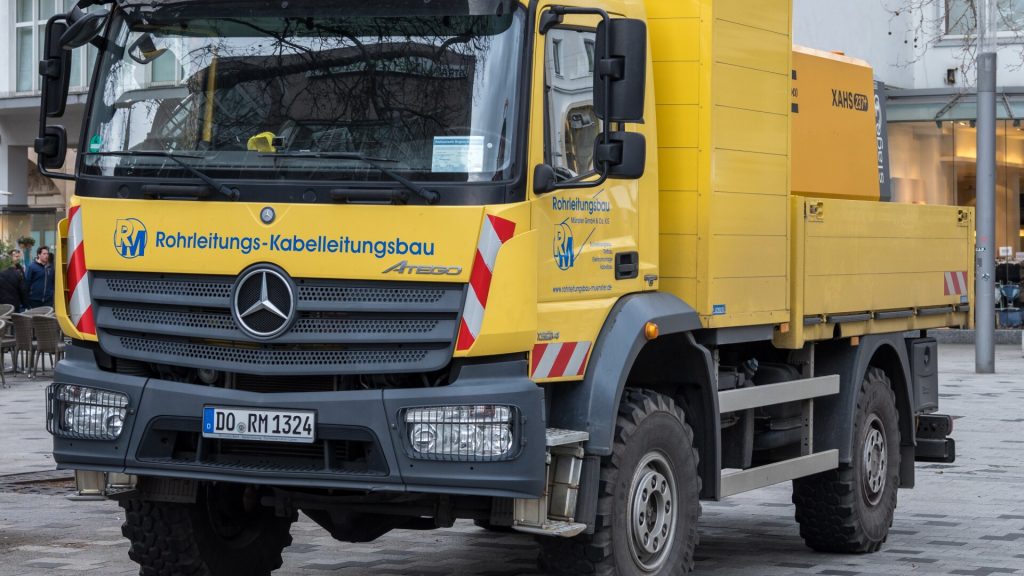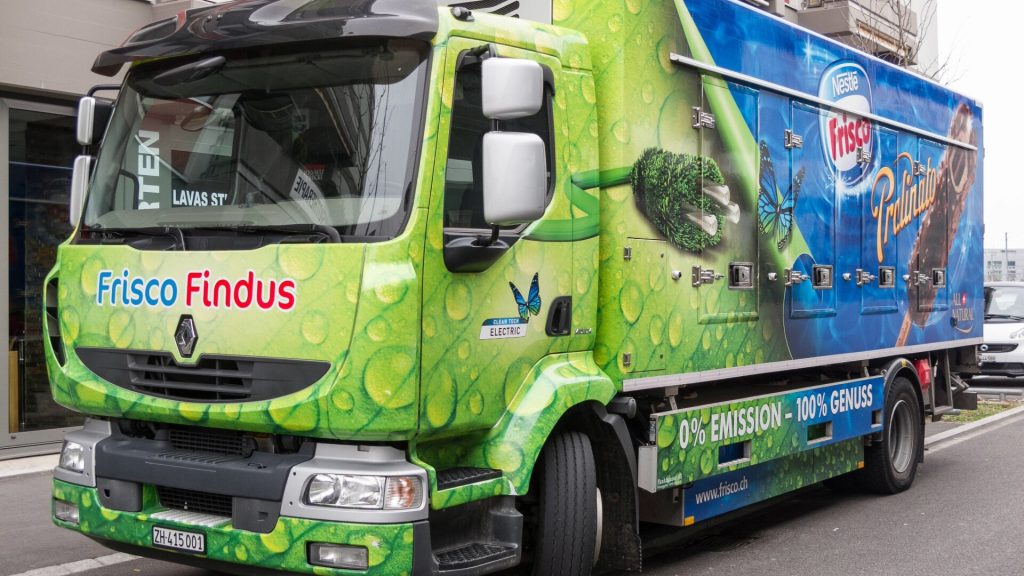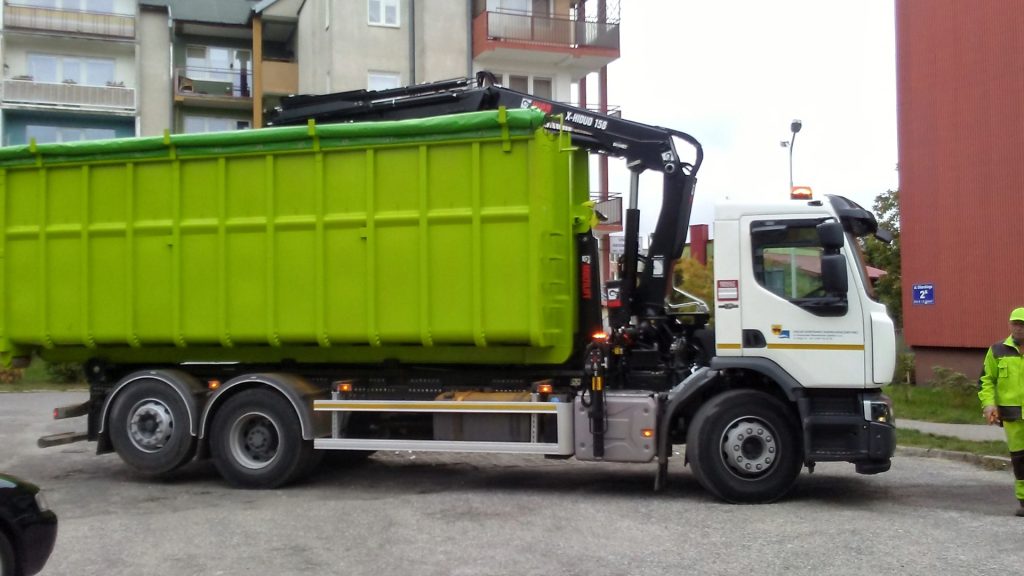Members of the European Parliament met with member state representatives in January to discuss a monumental change to the cargo transportation industry. They agreed on a plan to ban the sales of most new diesel trucks in the European Union by 2040.
The Ban Will Help To Fight Against Global Temperatures
The purpose of the ban is to remove the carbon footprint that is created by the high number of diesel trucks traveling on the European roads each year. This ban will essentially play an integral role in the fight against rising temperatures worldwide.

The ultimate goal and overall requirement are to focus on the limitation of average emissions.
Automakers Must Limit Average Emissions For Heavy Goods Vehicles
Automakers have to limit the average emissions created by new heavy goods vehicles that weigh more than 7.5 metric tons (8.3 tons). This 45% reduction must take place until 2030.

The percentage will then increase with each 5-year period until 2040. For instance, it will increase to 65% in 2035 and 90% by 2040.
A Temporary Exemption Would Apply To Garbage Trucks And Cement Mixers
There will reportedly be a temporary exemption enforced for specific types of vehicles. For instance, specialized vehicles such as cement mixers and garbage trucks would be covered by the exemption.

However, the exemption would only last until 2035. Urban buses that use combustion engines will be banned effective the same year.
New Rules Would Contribute To ‘Fulfilling The EU’s 2030 Climate Ambitions’
According to the statement issued regarding the change, the new rules would “contribute to fulfilling the EU’s 2030 climate ambitions.” It would also focus on “reaching climate neutrality by 2050.”

In addition, the proposal also focuses on being able to “encourage an increasing share of zero-emission vehicles” within the fleet of EU-wide heavy-duty vehicles. The goal is to ensure that “innovation in the sector and its competitiveness are preserved and enhanced.”
Heavy-Duty Vehicles Are Reportedly Second Biggest Polluter In Europe
Multiple reports confirm that heavy-duty vehicles are currently the second biggest polluter throughout Europe. It is second to cars within the transportation sector.

This accounts for 25% of road transport emissions.
Europe’s Largest Truck Makers Promised To Transition Away From Diesel
The largest truck makers throughout Europe already promised several years ago to transition their vehicles away from diesel. For instance, Scania, Man, Daf, Volvo, Iveco, Ford, and Daimler Truck were all included on the list.

The initial goal was for the various truck makers involved to complete the transition by 2040.
Industry Leaders Believe Shift To Battery-Electric, Hydrogen-Powered Is A Challenge
Industry leaders reportedly believe that the transition to hydrogen-powered and battery-electric vehicles is a bit of a challenge. One media outlet described it as being “easier said than done.”

This is primarily due to the lack of refilling and charging stations for large, heavy-duty vehicles. The low availability of these stations has essentially become a roadblock obstacle.
Daimler Truck Thinks More Incentive Is Needed To Facilitate Transition
Daimler Truck reportedly believes that a bigger incentive is needed to make this type of monumental transition. That would at least add more encouragement to the facilitated transition to trucks that are emission-free.

The German vehicle manufacturer state that “operating costs of diesel vehicles over the lifecycle are cheaper” which is why “the customers will still buy diesel.”
Advocacy Group Estimates 30% Of Trucks Sold In 2030 Will Run On Electricity
A European advocacy group, known as “Transport and Environment”, estimated that nearly 30% of trucks sold in 2030 would run on either hydrogen or electricity. If the legislation passes, that projection could become a reality.

The projection further estimates that a minimum of 75% of the trucks sold in 2040 would run on hydrogen or electricity.
Trucks Accounted For 77% Of All Land Transport Goods In EU
One report from a lobby group claims that 77% of all land transport of goods throughout the EU was done by trucks. This is a significantly high number primarily because it speaks to the long-term need.

Based on the math, this means that there must be at least 400,000 zero-emission trucks available by the year 2030. That is the only way that the goal numbers will still be reached.
T and E Freight Manager Says EU Is Sending Clear Message To All Truck Makers
T and E Freight Manager Fedor Unterlohner stated that the EU is clearly sending a message to truck makers that needs to be heard and followed. He stated that the EU is telling truck makers “when almost all their vehicles will need to be zero emissions.”

According to Unterlohner, European producers have been provided with a “clear trajectory to ramp up production of electric and hydrogen rigs.” It will also allow them to be ready to face the challenges posted by “Tesla and Chinese rivals.”
Provisional Agreement Addresses Issue Of Retrofitted Vehicles
The provisional agreement also highlights the issue of retrofitted vehicles. “Retrofitted vehicles” are conventional vehicles that were converted to ZEVs.

This makes the way for vehicles to be transferred between manufacturers. Co-legislators also agreed to task the Commission with assessment by 2025 of the need to facilitate the market uptake of these retrofitted vehicles.
Analyzing The Next Steps Involved With Provisional Agreement
According to the published statement, the provisional agreement must now be submitted to each of the representatives of member states within the Council. It would also go to the Parliament’s environment committee to get an endorsement.

If the agreement is approved, the text must be formally adopted by both institutions after being revised by lawyer-linguists. That step must be taken before the EU’s Official Journal can publish and enforce it.
The Effectiveness, Impact Of Amended Regulation Will Be Reviewed In 2027
The impact of the amended regulation along with its effectiveness will be reviewed thoroughly by the Commission in 2027. The co-legislators worked hard to add a series of provisions to ensure that the review clause was as comprehensive as possible.

For instance, the Commission must evaluate the possibility of creating a common methodology that covers the reporting and assessment of the full lifecycle carbon dioxide emissions from new HDVs. It would also assess the role of the CCF (“carbon correction factor”) as part of the transition.






